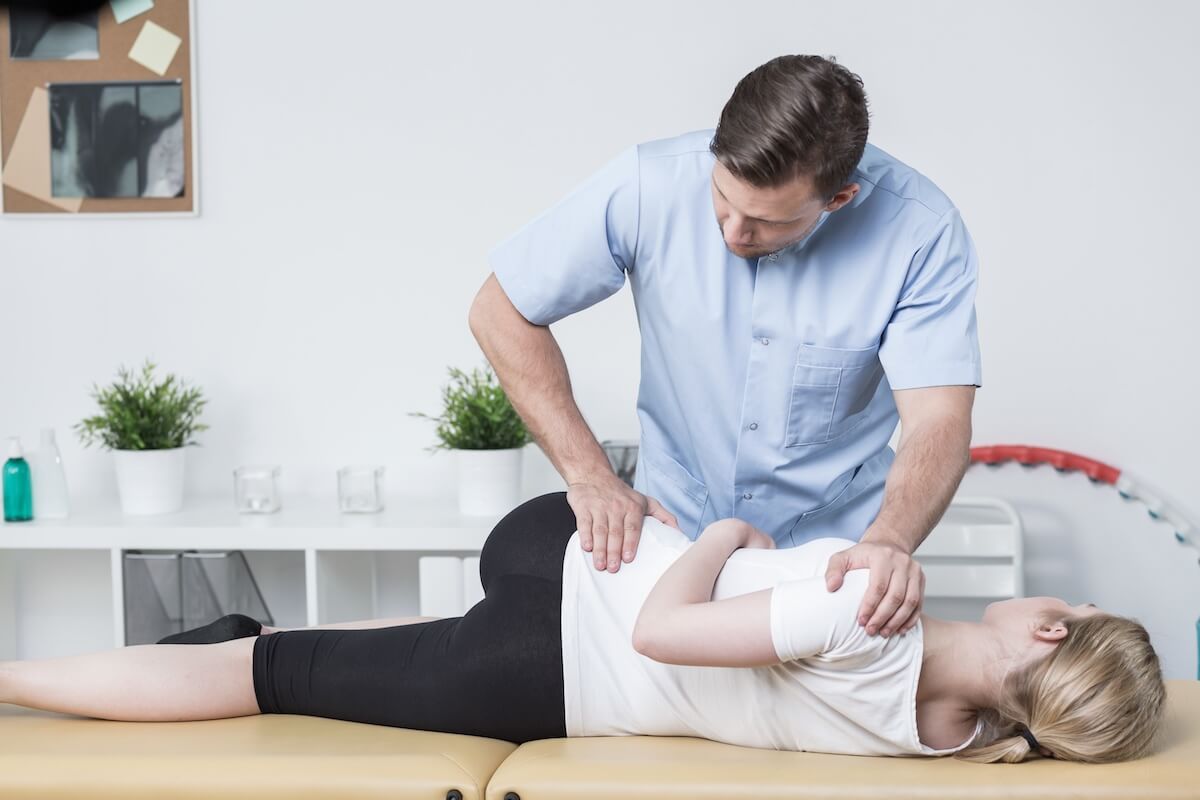
Osteopathy: What is it?
Osteopathy is a manual approach aimed at treating disorders, headaches and functional disorders (back aches, stiff necks, lumbagos, digestion issues, jaw pains, pain linked to sporting activities, to pregnancy, to migraines, etc). Osteopaths can be consulted without a referral, meaning that a patient does not require a general practitioner's prescription to consult an osteopath. Whatever the complaint, osteopaths establish a medical diagnosis in order to find the cause of the pain. If necessary, osteopaths can also ask the patient to undergo complementary exams (through their GP).
Since medical sciences cover different specialisations, there are several similarities when consulting an osteopath and other health professionals. Traditionally, a patient will explain the reason of their visit, the osteopath will ask a couple of questions and examine the patient before moving on to the treatment per se.
Unfortunately, some osteopaths have pretentions to making osteopathy an alternative, cure-all type of medicine. However, in order to guarantee a patient optimal safety, osteopaths must know their limits: should an osteopath suspect an emergency or a broader health issue, they will immediately direct the patient to another medical doctor.



Osteopaths have a fairly wide variety of working techniques at their
disposal. They must always use techniques tailored to the different clinical
cases in order to increase the therapeutic efficacy all the while not causing
the patient any harm
Muscle energy techniques: Thanks to the patient's active muscular participation, it is possible to inhibit the muscles causing both the pain and the reduced mobility of a joint or vertebrae.
Myofascial release: These are gentle techniques that aim to relieve the membranes surrounding the muscles of the body (the fasciae), which play an important role in pain physiopathology.
Anti-inflammatory and pain-relieving techniques: These techniques involve a series of muscle contraction-relaxation exercises performed by the patient. Other techniques consist in compressing a sensitive, hard and sore spot of a muscle in order to relax it.
HVLA techniques: These are the techniques enabling the joints to crack and whose effectiveness on pain has been demonstrated in different studies. These techniques consist in a fast, low-amplitude movement, hence the name "High Velocity, Low Amplitude" technique (HVLA).
General Osteopathic Treatment: This technique consists in applying to the entire body specific and comprehensive articulation techniques, as well as pump techniques.
Visceral techniques: Visceral osteopathy considers that organs (such as the stomach, the intestines or the liver) can accumulate tension, suffer from movement limitation in their interaction with the many tissues surrounding them. They can become "stuck", hampered or chafed. Organs are muscles that can also suffer from muscular disorders just like any other muscle in our body. Visceral techniques restore physiological movement to the tissues, improving normal body movement. This includes the movement of the connected visceral structures and the movement within each structure itself.
Osteopathy is not just about cracking!
Osteopaths are known for cracking joints (what is called HVLA manipulation: High Velocity, Low Amplitude manipulation). But for patients who, for whatever reason, do not like to have their joints cracked, the other above mentioned techniques can help relieve the muscles and increase joint mobility, relieving the pain.
Is cracking dangerous?
It is important to underline that techniques aimed at cracking the joints are not dangerous. Some publications mention the tearing of an artery in the neck caused by cervical spine manipulations: According to the authors, the result varies between 1/400 000 and 1/10 000 000. By means of comparison, the number of deaths linked to the side effects of non-steroidal anti-inflammatory drugs, which are available over the counter for purposes identical to those of osteopathy, is over two hundred times higher! These rare accidents occur when the manipulations are done by unspecialised and imprudent therapists. What is more, fundamental scientific research tells us that the mechanical load during these cervical manipulations cannot be the cause of serious undesired complications. Therefore, if the cervical manipulation is carried out in the proper conditions and with adequate techniques, it poses no danger.

Most of the time, an HVLA manipulation is followed by a cracking sound. This sound does not come from the mishandled bones or joint structures, but simply from air bubbles! This is because this type of manipulation causes decompression within the joint. This decompression creates an air bubble that is trapped in the intra-articular fluid. This phenomenon that releases a loud sound is called "cavitation" and is in no way traumatic.

